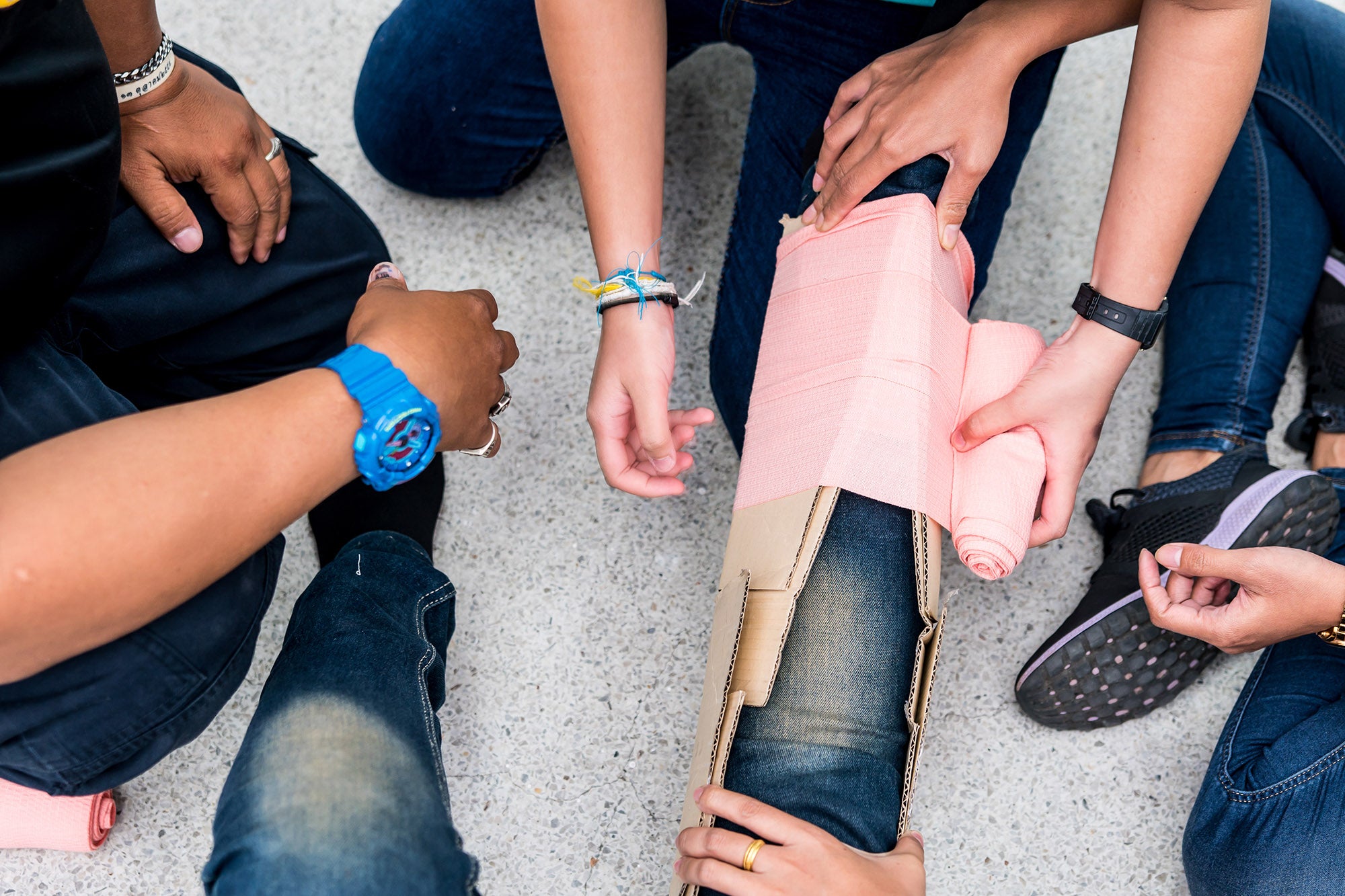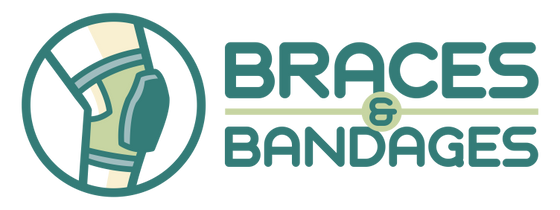When to Consider a Knee Brace for MCL

Your MCL plays a vital role in holding the knee in place and allowing it to rotate while preventing it from rotating too far inward. According to the Cedars-Sinai Medical Center, the following symptoms are signs of a potential MCL injury:
- Buckling knee or a sense that your knee is going to give out on you
- Swelling in the knee area
- Pain (doesn’t have to be a lot, but it might be)
- Stiffness
- Soreness or skin that is tender to the touch along the inside of the knee
If any of these symptoms sound like you, it is best to talk to a medical professional. Once you have addressed your problem with a qualified healthcare professional, a brace is a terrific way to stabilize, support and protect the knee and MCL. So, these symptoms are also signs your knee needs some love and it’s time to shop.
Maximize Brace Support
By getting a brace to support the knee and speaking to a doctor, you have taken a smart first step. Next, try maximizing the benefits that you get from your brace by adding the following steps to your knee-care routine:
- Rest the knee as frequently as is needed
- Ice the knee to reduce swelling, manage pain and even help with inflammation. Consider using one of these specifically designed ice packs for knees.
- Use compression to promote circulation and speed up the healing process
- Elevate the knee safely. Keeping a soft pill under the knee can help to keep it elevated comfortably
- Stretch, build strength and attend physical therapy
Simple Exercises for MCL Injury
As you recover, you will want to regain your normal abilities. MyHealth, an expert in non-emergency healthcare information, suggests a few exercises that are helpful for MCL sprains. Remember to always consult with your doctor before beginning any recovery regimens!



